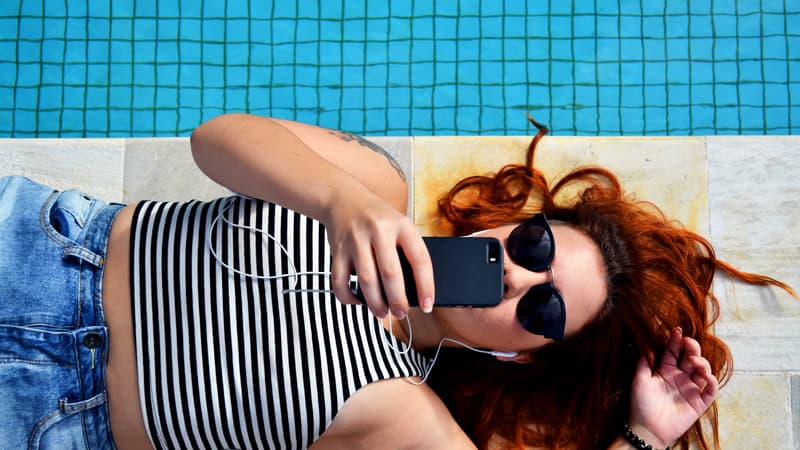If smartphone water resistance was once the prerogative of specific devices designed for particular conditions, this is no longer the case. Now, most consumer terminals have some form of liquid resistance and some can even, just in theory, be submerged to different depths for a certain period of time.
A practical feature that allows clumsy people to carry their device near the sea or by the pool. If you have thought about checking the specifications of your new smartphone, you will have noticed that it has an official certification: IP65, IP66, IP67 or IP68.
Varying levels of protection
“IP” means “Protection Index”. The first number that accompanies it, the “6”, guarantees total protection against solid elements such as dust, sand, gravel or even salt. The second number (from “2” to “8”) provides information on the water resistance of the device against liquid jets or immersion. The higher the IP value, the greater the effective protection of the smartphone against these elements.
In detail, an IP65 certification is supposed to ensure that your mobile phone is completely sealed against dust and low-intensity water jets like that emitted by a shower head. An IP66 terminal benefits from resistance to more powerful splashes of water, waves for example. IP67 certified devices can withstand immersion to a depth of one meter for 30 minutes. Finally, the IP68 protection indicates resistance to immersion at a depth of more than one meter for one hour according to the manufacturers.
never waterproof
To find out the level of protection of your device, look at the instructions provided when buying it or access the manufacturer’s website to consult its technical data sheet. You also have the option of writing the model name of your device associated with the query “what IP” in a search engine to find the answer on specialized sites.
It should also be noted that although these standards make it possible to improve the durability of smartphones, the tests carried out to verify the resistance of the latter are carried out in a controlled environment, generally in a laboratory.
Therefore, its results remain theoretical and also depend on other factors, such as the initial general condition of the smartphone. In addition, a high protection index does not mean that your smartphone can be used underwater or that it will be functional after falling into salt water. It is clear that no smartphone is waterproof: do not have fun swimming with it!
In addition, most manufacturers do not take into account the guarantee of the models once submerged. To prevent this type of situation, it is always possible to obtain a protective bag.
Source: BFM TV


